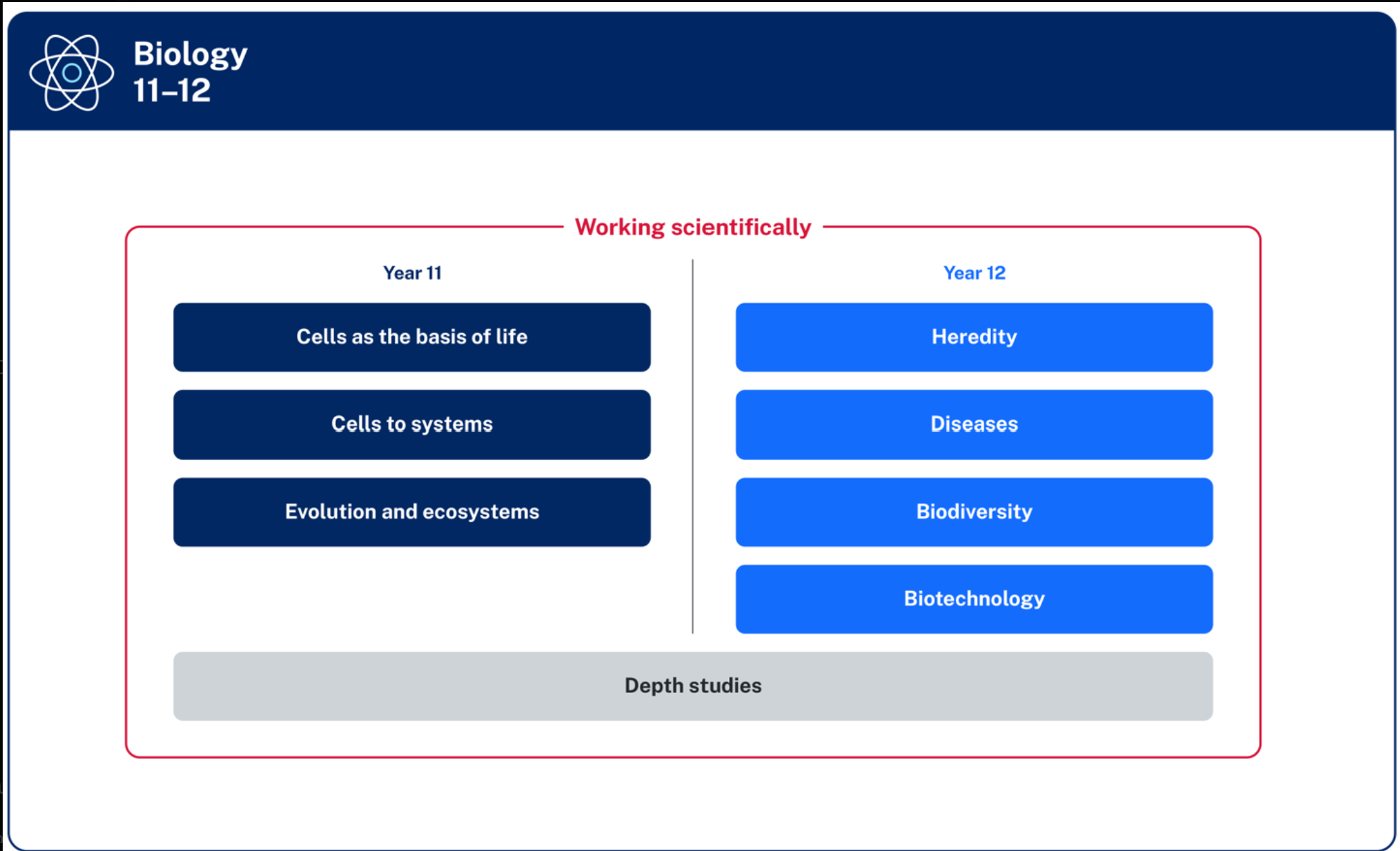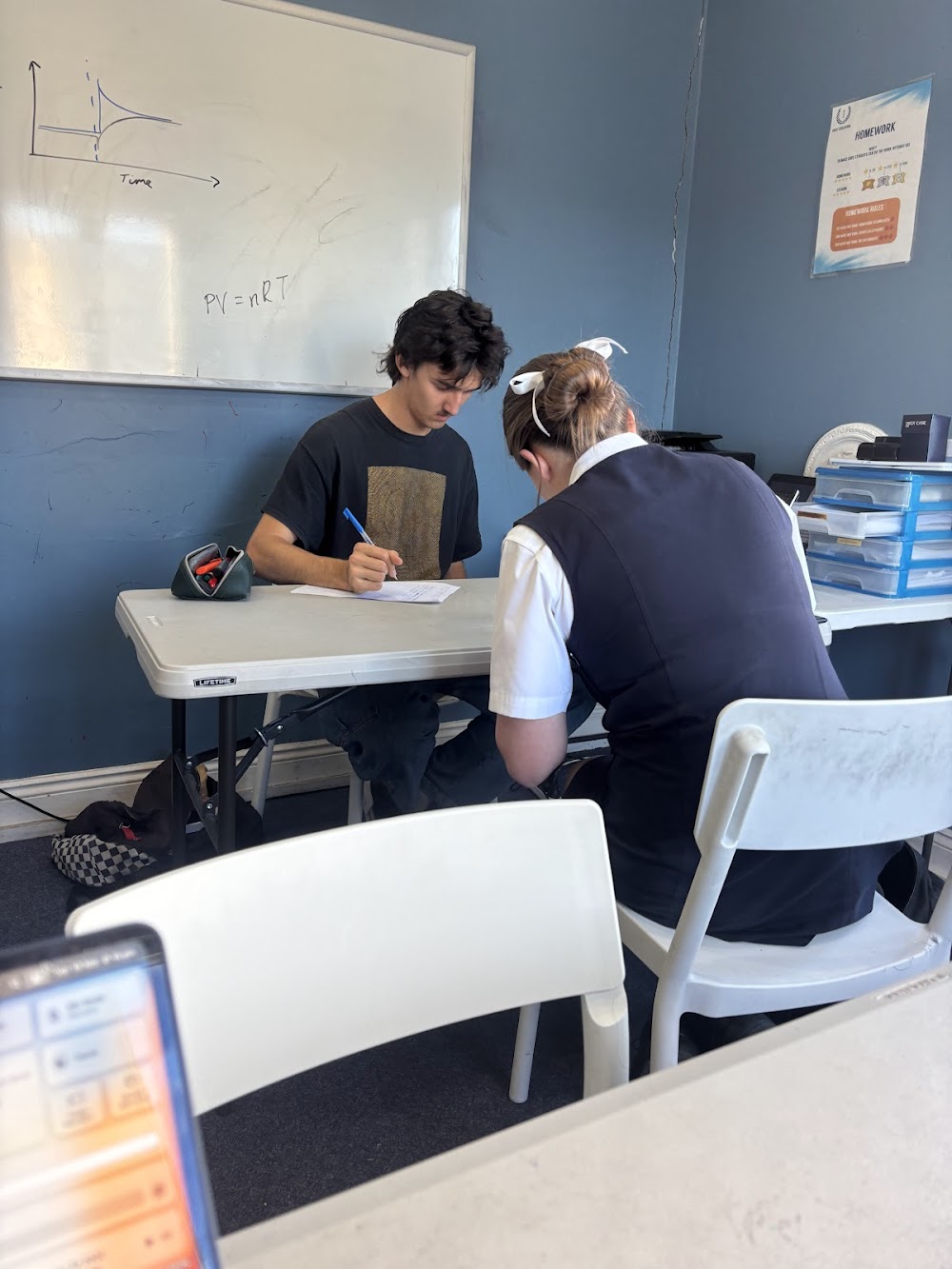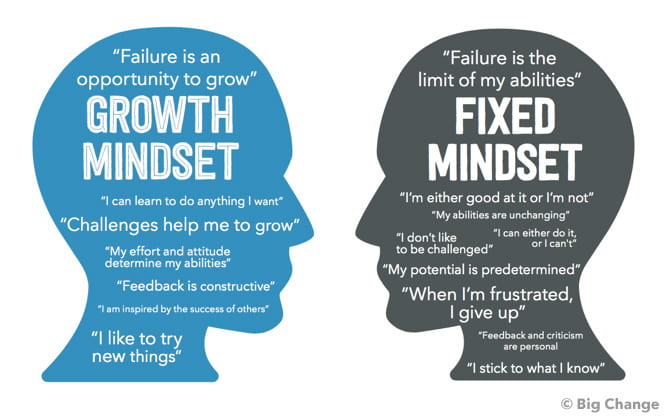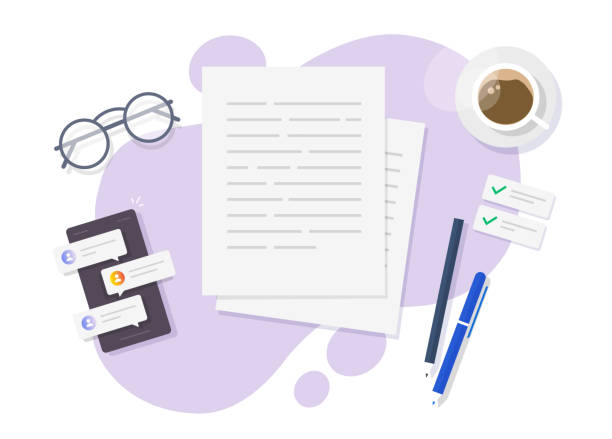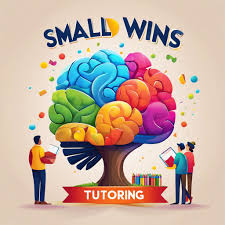
Over the past year of tutoring, one idea has consistently resurfaced in my sessions: progress in learning rarely arrives in big, dramatic breakthroughs, it come quietly through small wins. I’ve started calling this the micro-confidence effect. It’s the way a student’s belief in their ability goes from wanting to master entire topics at once, but from understanding a question they once found intimidating, completing homework without help, or correctly explaining a concept back to me.
Recently, I worked with a Year 8 student revising Linear Relationships. At the start of the session, she was hesitant, often answering with “I’m not sure” even when she was on the right track. But as we broke down each question into small, achievable steps, she started recognising that she could do it. By the end, her confidence had not only improved, the way she addressed difficult questions changed.
This has reminded me that tutoring is not simply about delivering content, it’s about shaping a student’s mindset. When students experience steady micro-successes, they become more willing to try, take risks, and engage deeply, especially in topics they’ve labelled as “hard.” Over time, this shift can be transformational, and so crucial to learn in the early years of their schooling, successfully setting them up for their senior years of high school.
As tutors, we often prioritise curriculum goals, exam preparation, and content coverage. But I’ve come to believe that one of the most valuable strategies we can adopt is intentionally designing opportunities for these small wins. Breaking tasks into shorter sections, celebrating incremental progress, and helping students recognise growth cultivates the motivation that content alone cannot create.
In an education system that often measures success with big tests and big numbers, micro-confidence is easy to overlook. But in my experience, it’s one of the most important parts in helping students not only improve academically but enjoy learning again.
Nicole Stamatelatos


